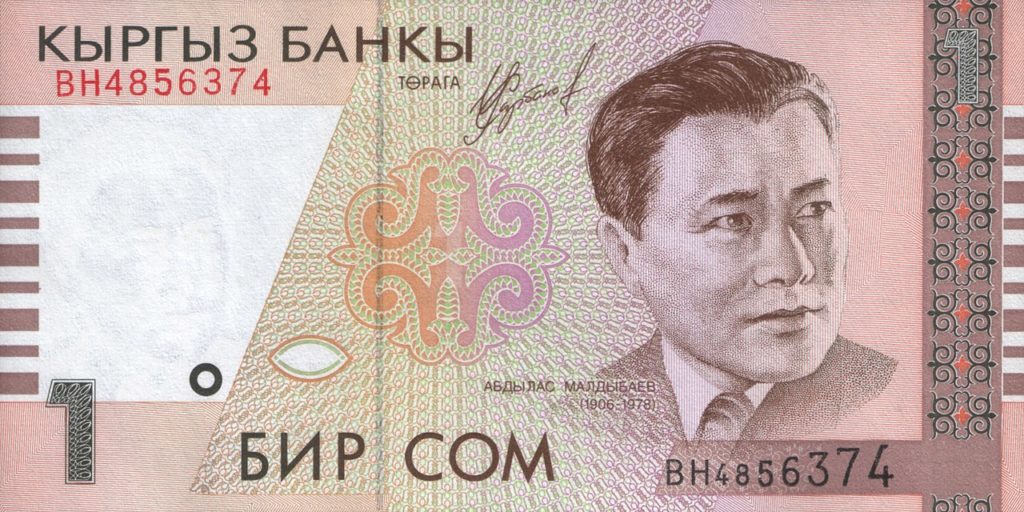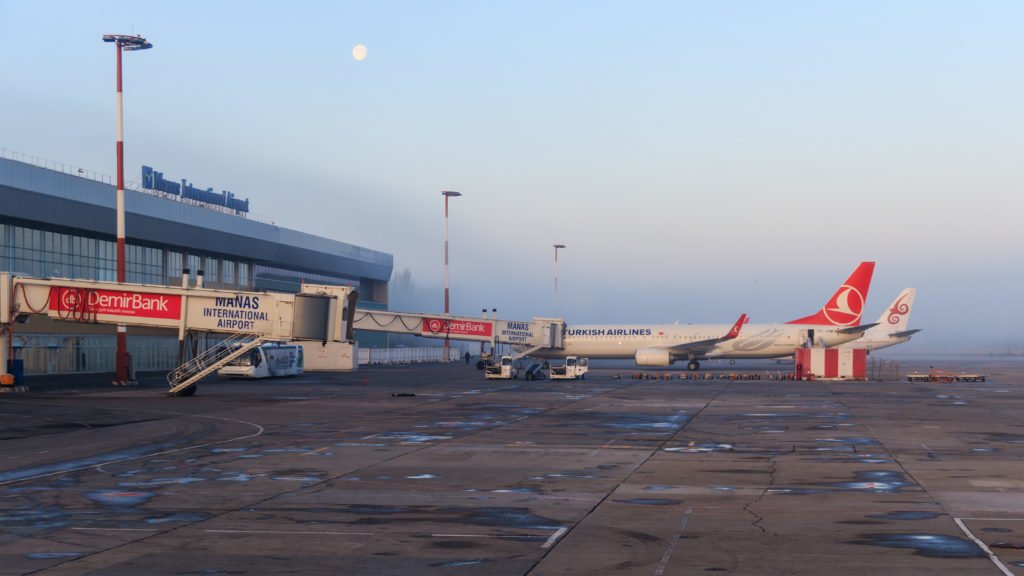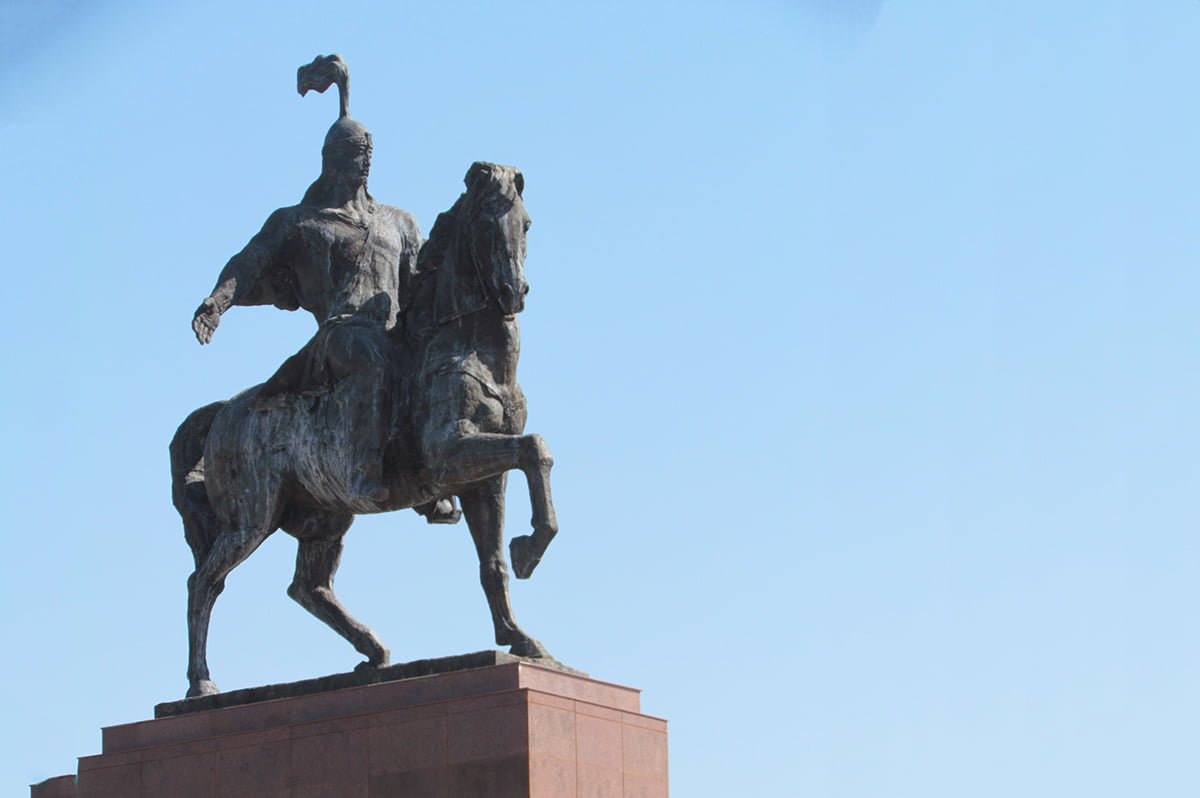“Truth is not necessarily fact, and fact not necessarily truth” (Haruki Murakami, The Wind-Up Bird Chronicle)
The plane ride into a new country makes for a good opportunity to brush up on a bit of local knowledge. For some, that’ll mean drowsily browsing through a handful of helpful phrases on the red-eye shift before a dawn landing. For others, it’ll be a quick peruse through the sites, sounds and tastes proposed by a guide book. For those inclined to the culturally refined, it may even mean a dig into the nation’s house author — every Russia has a Dostoyevsky just as every Nigeria has a Soyinka. Yet, looking at the little orange puffs of the oil fields in the dark expanses on a night-time flight over northern Kazakhstan, I didn’t want to turn on the light for fear of disturbing the gentle chorus of snores from the seats around me. Instead, I found myself listening to Harvest by Neil Young, and pondering whether I was the first to do so in this situation. (I probably wasn’t, but I imagine I’m safely embedded in the first ten).
As such, my ignorance on arrival is somewhat justifiable. As I was to find out, a dive into the Epic of Manas would have served me a better education on the country I was entering. At 500,000 lines though, the Kyrgyz epic poem is no Aeroflot flick — indeed, it is one of the longest epic poems in the world. All the same, Manas is a dynamic, indeed living document on Kyrgyz history — and a touchstone for Kyrgyz identity. So much so, that there exists a special role in society for the bards who perform and pass on the story of Manas, the manaschi.
As an account of the past, it is an “absurd gallimaufry of pseudo-history”… yet this is why it is so damn interesting
Why then, is the story of Manas so important? As a story, it follows the lives of three generations of Kyrgyz leaders: Manas, the skilled horsemen who throws off the yoke of Uighur domination to return his people to their mountainous homeland; and his son and grandson — also respectable warriors. This might be fascinating in its own right, but it does little to justify Manas’s pre-eminence among other stellar tales by Kyrgyz authors.
As an account of the past, it has been described by VV Bartol’d as an ‘absurd gallimaufry of pseudo-history’ — its age is unknowable (although it was likely transplanted, and hence frozen, in writing during the eighteenth century), and it concerns events that occurred between 995AD and 1800AD (albeit, most likely closer to the latter), and its account of these events muddles them considerably. Yet it is this last point that makes it so damn interesting; how can the fluidity of a myth mould and be moulded to the malleable memory narratives of a changing society, and hence tinker, support, and challenge national identity? Just as individuals build their identities on the string of memories that fit their stories, so too does a country. By this process of self-shaping, a nation can look to the past to define its future. As William Faulkner posits, “the past isn’t dead, it’s not even past”.

Here stems an antagonism between historicity; the eurocentric ideal of history as a linear account of verifiable events in a fixed and static past; and narrative, with its focus less on what actually happened, and more on what should have happened. The former approach treats our present reality as a moment created by, but ultimately cut off from, the past. Narrative, on the other hand, is a fluid story that seeks to explain and guide the present. Narratives compete and constantly adapt. Perhaps the most apt example of this is the historic treatment of the Bible — selective interpretations have justified everything from the Jewish pogroms of Russia to the liberation theology of Latin America.
From these two approaches to the past, it’s no surprise that the European world sanctifies written text — but Central Asians have long feared the potential loss of oral traditions, and the living flexibility that comes with them. In The Uses and Abuses of History, Nietzsche decried static monolithic accounts of history, and instead favoured memory as a dynamic and critical exercise: memory makes us, and as such, we should work to make memory.
How does this relate to the Epic of Manas?
Enough theory. How does this relate to the Epic of Manas? To explain this, we should look to the differences between Manas the man and Manas the myth. Sometime during the the 1920s and 1930s, Manas’s apparent tribe ceased to be the Nogay people and became the Kyrgyz. This highlights the importance of establishing an ethnic link around the time that Kyrgyzstan was organising its place as a state in the USSR.
Moreover, although it was widely agreed that the events described in the epic took place only about 400 years earlier, in 1995 the new Kyrgyz government hosted mass celebrations of Manas’s thousandth anniversary. No doubt linked intrinsically with the collapse of the USSR four years earlier, this disparity between dates emphasises the need in Kyrgyzstan to establish deep historical roots; the legitimacy to hold together a brand new nation state.
Finally, beyond being an adept ruler and a skillful warrior, Manas fought off neighbouring societies to establish the independence of what is now Kyrgyzstan. A powerful counter-narrative to historic occupying powers (indeed, the USSR suppressed circulation of the Epic of Manas on account of its apparent ‘bourgeois-nationalism’), it now acts as a defiant symbol for a free Kyrgyzstan — a nation with a nomadic past and an independent future. Every major town and city is pillared with images, statues, accounts and museums that revel in Manas. Even the flag invokes Manas — its forty rays represent the forty tribes united under Manas. It is through these symbols that interpretations of the past form the identity of the present, and set the course of the future.
The Epic of Manas, even in English translation, is by no means light reading for a airline journey into Kyrgyzstan. Yet a quick dive into the history of the epic could explain why, four hours by plane from Moscow, one might find oneself touching down amidst the last of the winter snow on a chilly March morning at Manas International Airport, Bishkek.

